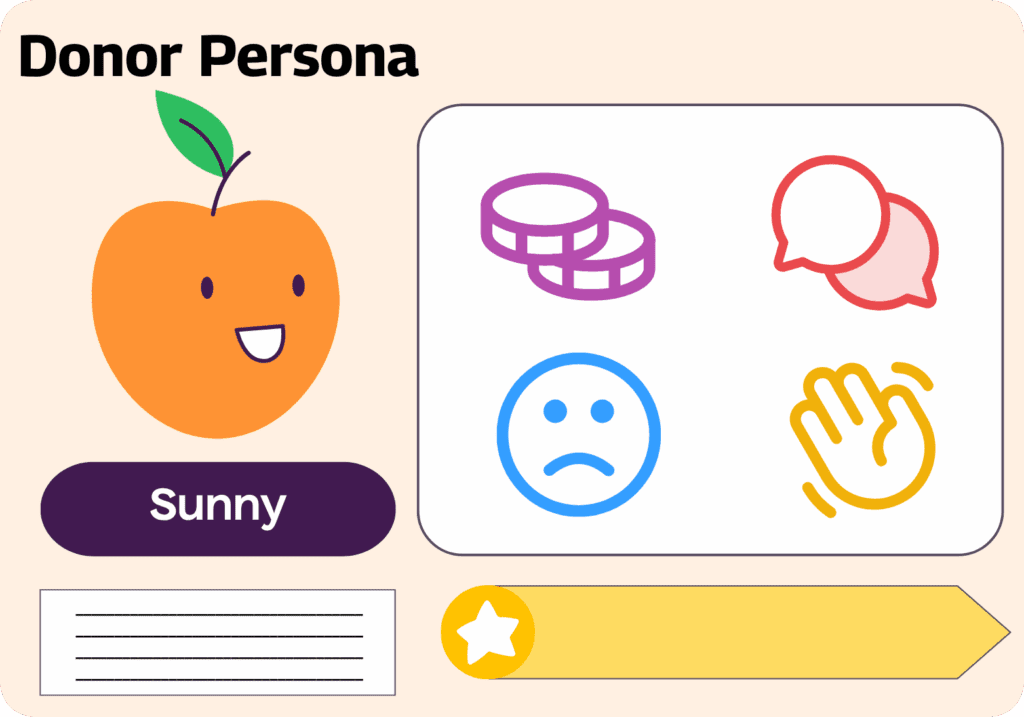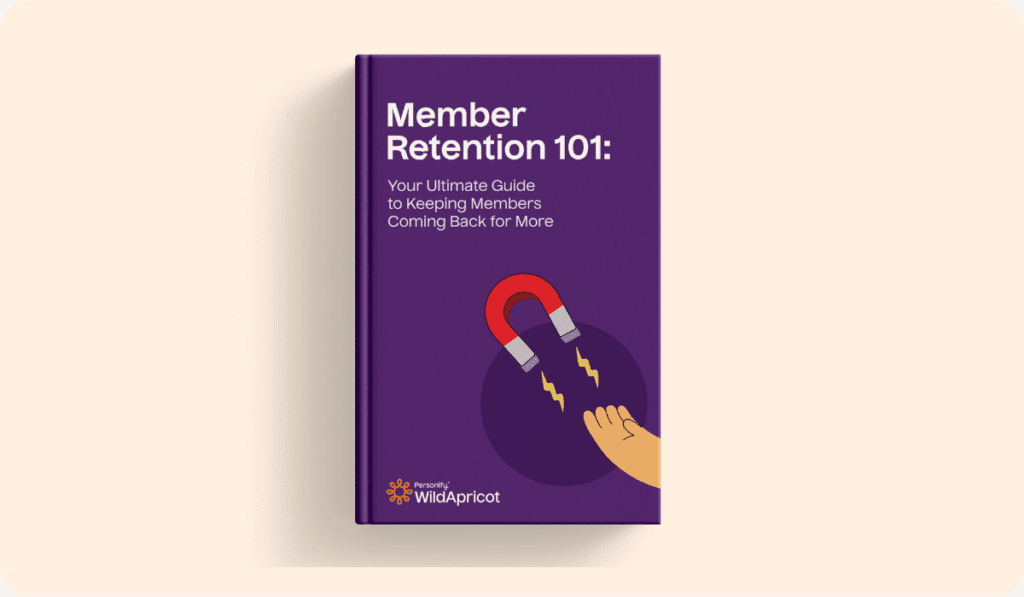It’s time for the final part of our blog series on end of year giving campaigns! We’ve covered what a year-end giving campaign is and how to plan every aspect from scheduling to goal making.
In this blog, we will walk you through everything needed to launch your campaign and keep it on track while giving season is in full swing. Plus, we will give you all the details on wrapping up your giving campaign: sending thank you’s, sharing your results and holding a post-morteum meeting with your team. Sound good? Let’s go!
Launching Your Year-End Campaign
Once you’ve established your strategy and laid out your plan, it’s time to blast off!
To increase the impact of your launch, try implementing some of the following best practices.
1. Send Out a Press Release
Just prior to launch, compile a list of reporters, editors and bloggers who work in the same space as your nonprofit or are major figures in your community. Put together a compelling press release about your campaign and your cause, and slam on that send button!
The media can help you get the word out about your campaign and encourage their followers (who might not already be following you) to learn more and donate. See if there’s a place to share your organization’s cause on holiday segments and specials.
Once your campaign is live, you can start reaching out to them with the details of your year-end donation campaign and newsworthy key messages that they’ll want to share with their audiences.
2. Rally Your Community
Your campaign may be well underway across your chosen channels, but you’ll want to think about how to get your messaging even further.
Ask your board of directors, staff and volunteers to spread information about your fundraising campaign through things like peer-to-peer fundraising. Encourage them to reach out directly to their contacts with links to your campaign materials—this will cut through the holiday noise and add something personal! They can also share your messages on their own social media platforms.
Be sure to share as many resources, links, key messages and other campaign assets as possible with these groups so they can easily hit the ground running.
3. Monitor and Course-correct
One of the biggest mistakes we see nonprofits making is a loss of momentum over the course of a campaign.
It’s easy to get complacent: your campaign kicks off, it’s well received, the feedback is great—and it seems like it may raise those dollars without much more effort from your team. Plus, your team’s already busy wrapping up their other end of year projects. Why not relax and let the campaign just play out?
This is a complacency trap. Don’t let it catch you!
Even though the year-end giving campaign has been launched and everything is running smoothly, there are still things you can do to achieve even better results.
To keep things moving, your team should:
- Monitor your results in real-time and constantly ask yourself: “Is there anything we can tweak?” Even though you finalized your strategy long ago, it doesn’t mean you can’t make small changes to it as the campaign progresses.
- Take a look at KPIs like the conversion rate for each channel (of the people who saw your call to action through each channel, how many of them donated?). If certain channels aren’t yielding the results you anticipated, what can you do to improve their performance?
- Keep an eye on your return on investment for each channel (how much you raise for every $1 spent). If the returns aren’t worth the costs, it may be worth reallocating your money to other, better performing channels.
4. Stay in Touch
People who donate to charities are bombarded with communications and calls to action all throughout December. If your message suddenly disappears from the mix, you’ll be quickly forgotten about and your numbers will start to fall.
The easiest way to avoid having this happen to you? Build in regular communications at specific points throughout your year-end campaign.
For example, schedule emails to go out once a week from mid-November until December 31. You can also set up a series of social media posts that run for the entire duration of the campaign.
Make sure to regularly remind your staff, volunteers and supporters to keep spreading the word, as well.
5. Share Your Progress
A great way to keep people engaged is to send progress-based communications. For example, let your audience know every time you reach a milestone like 25% or 50% raised towards your goal.
This will remind people that you still need their help, but won’t come across as yet another ask for donations.
Be sure to also include a fundraising thermometer on your website and share it on social media! That way, your supporters can see the progress, cheer you on and share the campaign with their own networks.
Wrapping Your Year-End Campaign
Your year-end giving campaign isn’t over once you’ve launched and executed it. Now it’s time to follow up and share your results!
1. Say Thank You
Everyone likes feeling appreciated—including your donors.
A quick thank-you note, thank-you letter, email or even video goes a long way to building relationships with your supporters and encouraging them to become recurring donors.
And of course, don’t forget to send everyone tax receipts for their donations—one of the biggest thanks of all!
If you received help from corporate partners, other organizations in the community, influencers or a matching donor, find a special way to show them your gratitude as well. A public thank you is a great way to further build your connection within the community.
2. Share Your Impact
Whether you met, exceeded or didn’t quite reach your end of year giving campaign goal, don’t forget to share the campaign’s results with your followers and donors.
Here are a few quick ideas:
- Share live results as donations come in via social media
- Display a fundraising thermometer on your website to offer a visual of your year-end goal
- Email your results to everyone who participated in the campaign to celebrate their impact
After a few months, when you’ve had a chance to spend the money you raised, be sure to send everyone a follow-up message to show what they helped make possible. Create a video to send via email or write a story about it in your newsletter.
Be sure to send a special report to your partners, major gift donors and your matching donors. This will help you demonstrate impact and, once again, express your gratitude!
3. Hold a Post-Mortem Meeting and Measure Final Outcomes
Remember those SMART goals you set when planning your year-end campaign? It’s time to evaluate whether or not they were met.
Host a meeting with your team to discuss your original objectives, what went exceptionally well, where you fell short and why.
The most successful nonprofits host this kind of post-mortem because it helps reveal deep insights into what worked and what didn’t! All information is useful information.
This will help you improve your tactics for next year’s campaign (which you’ll want to start planning right about now!).
So, What Are You Waiting For?
Fiona Bedlington, Senior Development Officer, Annual and Legacy Giving at Centennial College in Toronto sums it all up nicely: “Use consistent messaging and powerful stories, use your data, leverage as many channels as possible and never fight against yourself — set realistic goals and use what’s available to you,” she says.
Now it’s up to you: get out there and start raising those funds!
We hope this blog series has left you feeling prepared to create your own successful year-end fundraising campaign.









